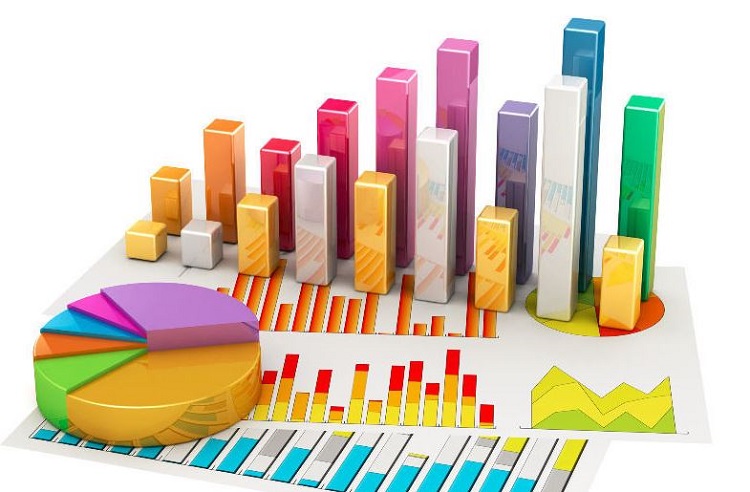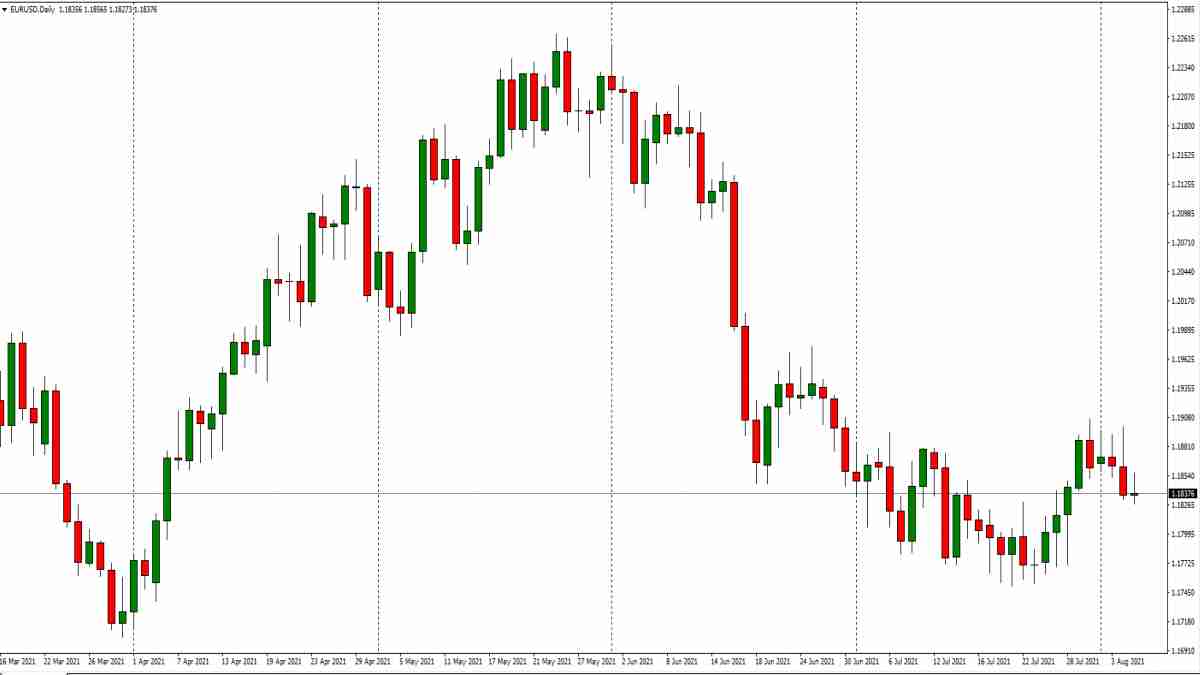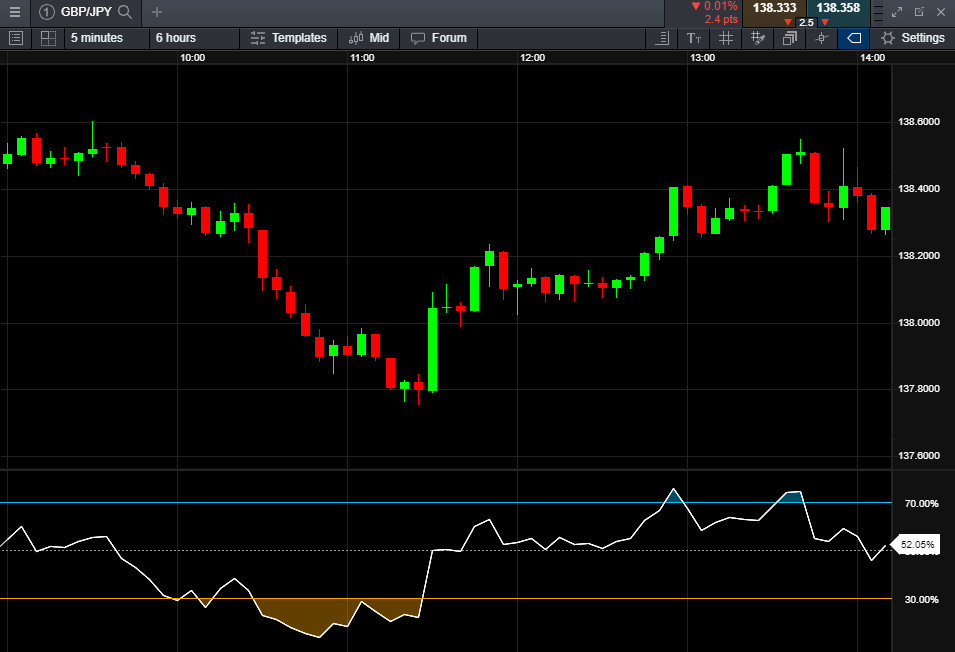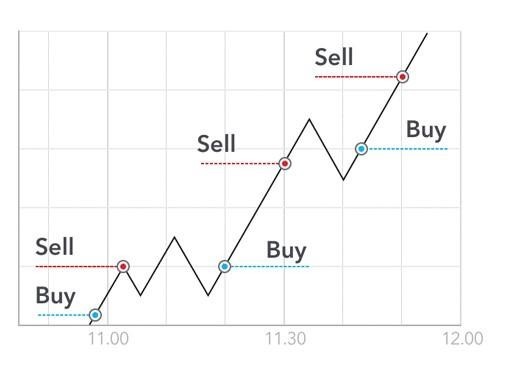In my article, I will explore various fundamental analysis strategies that traders can employ to gain an edge in the forex market.
Fundamental Analysis Strategies on Forex Trading
Fundamental analysis strategies are essential for traders in the forex market to understand underlying factors driving currency value and make informed decisions. By studying economic indicators, traders can assess a currency's strength and predict future trends. Understanding these factors helps develop effective strategies for maximizing profits and managing risks in the dynamic market.
Now, Forex Prop Reviews, and you will find the world of fundamental analysis and unlock valuable insights that can guide our trading decisions in this dynamic market.
What is Forex Fundamental Analysis?
So you want to understand Forex's fundamental analysis, huh? Well, buckle up because we're about to dive deep into the world of economic indicators and market trends!
Fundamental analysis in the forex market involves analyzing various economic factors that can influence currency prices. These factors include macroeconomic data such as GDP growth rates, inflation levels, interest rates, employment figures, and political events.
By understanding these factors and their impact on a country's economy, traders can make informed decisions about buying or selling currencies.
To conduct forex fundamental analysis effectively, one must stay updated with global economic news and announcements. For example, if a country releases positive GDP data indicating strong economic growth, it may lead to an increase in demand for its currency. On the other hand, if there is news of rising inflation or political instability in a country, it could weaken its currency value.
By closely monitoring these economic indicators and their implications on currency pairs, traders can identify potential trading opportunities based on fundamental analysis.
Now let's move on to the subsequent section where we will explore specific economic indicators that influence forex fundamental analysis.

Economic Indicators That Influence Forex Fundamental Analysis
Additionally, certain economic indicators have a significant impact on Forex trading. These indicators provide valuable insights into the health and performance of an economy, helping traders make informed decisions.
Here are three key economic indicators that greatly influence Forex's fundamental analysis:
Gross Domestic Product (GDP)
GDP is a measure of a country's total economic output. It reflects the overall growth or contraction of an economy and is closely watched by Forex traders. A strong GDP indicates a robust economy, which often leads to a stronger currency value. On the other hand, a weak GDP suggests economic struggles and can lead to a decline in currency value.
CPI inflation
CPI, or Consumer Price Index, is a measure of inflation that reflects changes in the prices of goods and services purchased by consumers. It is an essential economic indicator used by traders and investors to gauge the health of an economy and make informed decisions in the forex market.
When CPI inflation rises, it indicates that prices are increasing at a faster rate than before, which can have significant implications for currency values.
As CPI inflation increases, central banks may respond by raising interest rates to curb rising prices and maintain price stability. Higher interest rates make borrowing more expensive, which can slow down economic activity and reduce consumer spending. In turn, this can lead to a decrease in demand for goods and services, causing businesses to lower their prices.
The impact of CPI inflation on forex markets is profound because changes in interest rates affect currency exchange rates. As interest rates rise due to higher CPI inflation, foreign investors are attracted to invest in countries with higher yields on their bonds. This increased demand for the local currency strengthens its value relative to other currencies.
Interest Rates
Central banks play a crucial role in determining interest rates, which have a profound effect on Forex markets. When central banks raise interest rates, it attracts foreign investors seeking higher returns on their investments, leading to increased demand for the currency and potentially driving up its value. Conversely, lower interest rates can discourage foreign investment and weaken the currency.
Understanding how interest rates affect forex markets is just one piece of the puzzle when conducting fundamental analysis. Another important factor to consider is Consumer Price Index (CPI) inflation. CPI measures changes in the average price level of goods and services purchased by households over time. Inflation erodes purchasing power and reduces the value of a currency over time.
Higher inflation may prompt central banks to raise interest rates to control it effectively, aiming to stabilize prices and maintain economic growth. Therefore, monitoring CPI inflation data can provide valuable insights into future central bank actions and their potential impact on forex markets.
By analyzing both interest rates and CPI inflation data, traders can gain a deeper understanding of market dynamics and make more informed decisions regarding their trades without missing any important details or steps related to fundamental analysis strategies. This, in turn, can have a significant impact on forex markets.

Impact on Currency Value
Understand how economic indicators can shape the value of currencies and guide your trading decisions, as they act as the compass that steers your currency ship through the unpredictable tides of the market.
Economic indicators provide valuable insights into the health and performance of a country's economy, which in turn affects its currency value. For example, when a country experiences strong economic growth, it's likely to attract foreign investment and increase demand for its currency. This increased demand leads to an appreciation in the currency's value relative to other currencies.
On the other hand, if a country's economic indicators show signs of weakness, such as high unemployment rates or declining GDP growth, it can have a negative impact on the currency's value.
Understanding how economic indicators influence currency values allows traders to make more informed decisions. By analyzing these indicators and their potential impact on currencies, traders can anticipate future market movements and adjust their trading strategies accordingly.
This involves staying up-to-date with relevant economic data releases and monitoring trends in key indicators such as interest rates, inflation rates, employment figures, and consumer spending patterns. Armed with this knowledge, traders can better navigate the volatile forex market and make more profitable trades based on fundamental analysis research and analysis without writing 'step'.
Research and Analysis
Conducting thorough research and analysis allows me to gain valuable insights and make informed decisions in the forex market. By researching various factors that can impact currency value, such as economic indicators, political events, and market sentiment, I'm able to understand the underlying fundamentals driving the market.
This knowledge helps me identify potential trading opportunities and assess the potential risks involved.
In my research process, I analyze economic data releases from different countries to gauge their overall economic health. Key indicators like GDP growth, inflation rates, employment figures, and consumer confidence can provide vital information about a country's currency strength or weakness.
Additionally, I pay close attention to political developments that may influence currency values, such as elections or geopolitical tensions. By staying updated on these factors through news sources and economic calendars, I can anticipate potential shifts in currency values.
Understanding the impact of interest rates is another crucial aspect of conducting research in forex trading.

Conclusion
Through this post, you can see fundamental analysis is a crucial tool for any forex trader looking to make informed decisions. By analyzing economic indicators such as interest rates, CPI inflation, GDP, and international trade, traders can gain valuable insights into the potential movement of currency values.
This analysis allows them to anticipate market trends and adjust their trading strategies accordingly.






